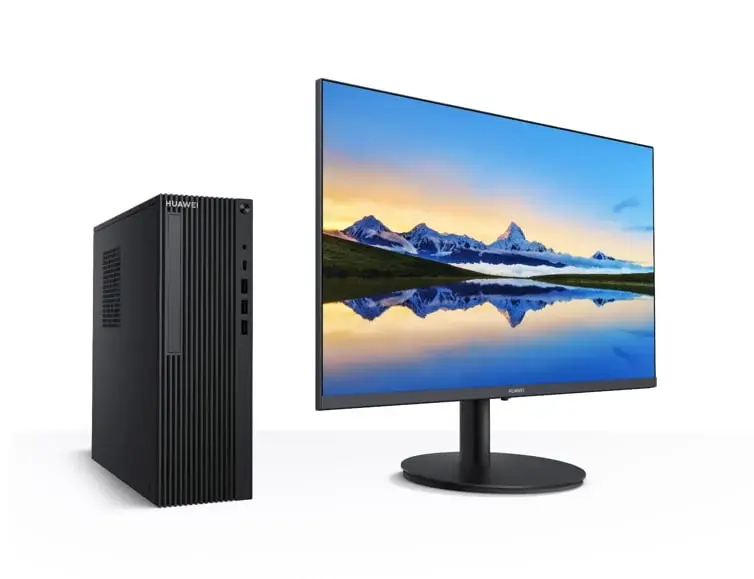Huawei has introduced its newest PC models, the Qingyun W515x and W585x, signifying a notable advancement in its PC range with the debut of the Kirin 9000C processor. The Kirin 9000C is an 8-core, 12-thread processor with a clock speed of up to 2.48GHz, delivering strong performance for various computing applications.
This launch occurs amid ongoing US-Huawei tensions, which have limited the Chinese tech giant from using certain American technologies, including Intel processors.
Huawei Broadens Qingyun Range with Kirin 9000C-Enhanced PCs
The Qingyun W515x and W585x models are designed to meet different user needs. The W515x comes in several configurations: 8GB or 16GB of RAM combined with storage options of 256GB SSD, 256GB SSD with 1TB HDD, 512GB SSD, or 512GB SSD with 1TB HDD. Conversely, the W585x includes 8GB of RAM and a 256GB SSD, offering a more simplified option compared to its predecessor, the W585.
Both models come with integrated graphics, sufficient for daily computing tasks without requiring dedicated graphics cards. Connectivity options are comprehensive on the W515x, featuring a front 3.5mm audio jack, a USB-C port, and three USB-A 3.2 Gen 1 ports.
At the rear, the unit includes more audio input/output interfaces, a VGA port, an HDMI port, a serial port, four USB-A 3.2 Gen 1 ports, and an RJ45 Ethernet port. This extensive set of interfaces ensures compatibility with a broad range of peripherals and accessories.
Operating Systems and Ecosystem Integration
These new PCs launch with KOS (Kirin OS) version 2403 and UOS version 1070, reflecting Huawei’s commitment to integrating its software ecosystem.
Huawei’s Qingyun lineup, introduced in March 2023, targets the commercial sector and extends beyond smartphones to include notebooks, tablets, printers, and smart screens.
Previously, the Qingyun lineup included the B730 and B530 desktop models, which used Intel’s 12th generation Core processors and operated on Windows 11 Home or Professional editions. The transition to the Kirin 9000C processor in the latest models underscores Huawei’s strategy to minimize dependency on external suppliers and bolster its proprietary technology capabilities.
It will be intriguing to observe how Huawei markets these new desktops against competitors and the commercial PC market’s reception.



Leave a Reply